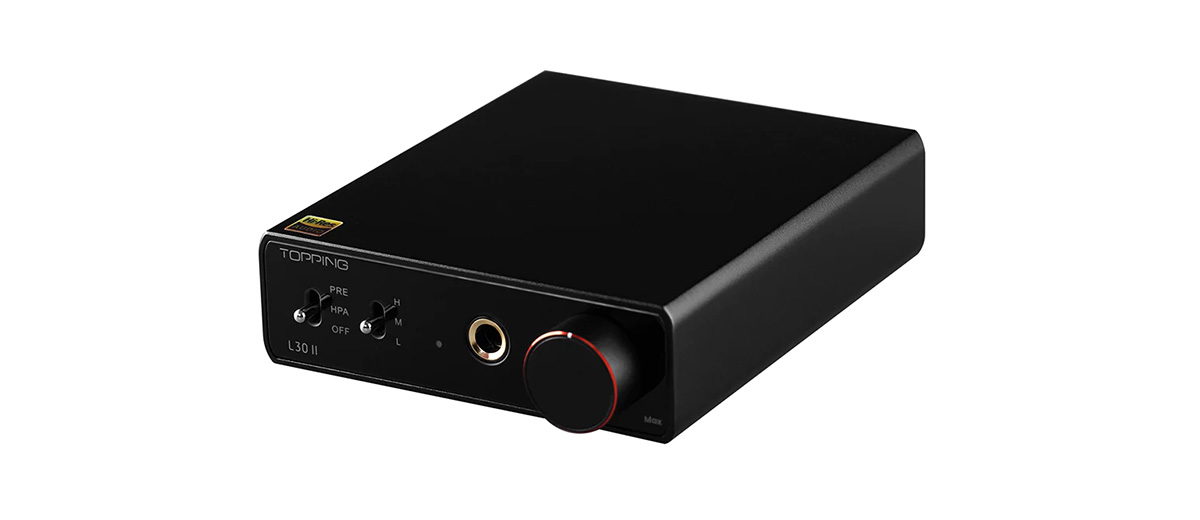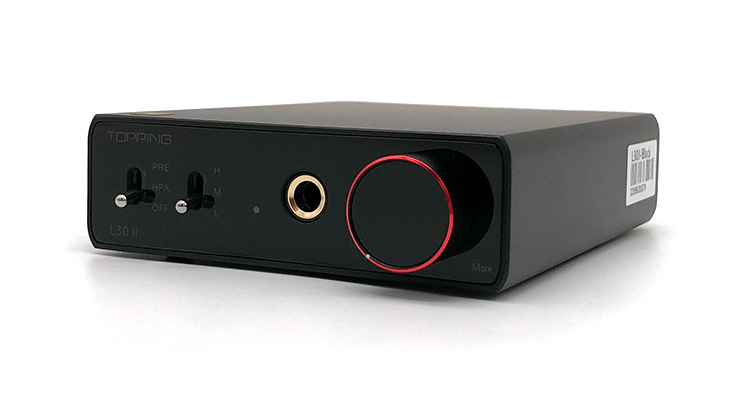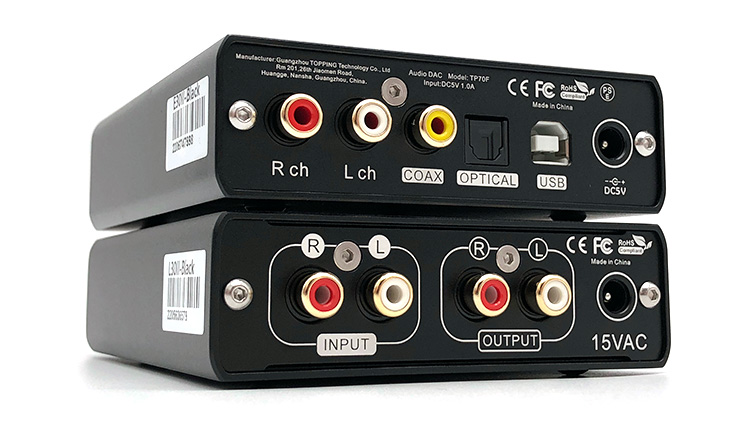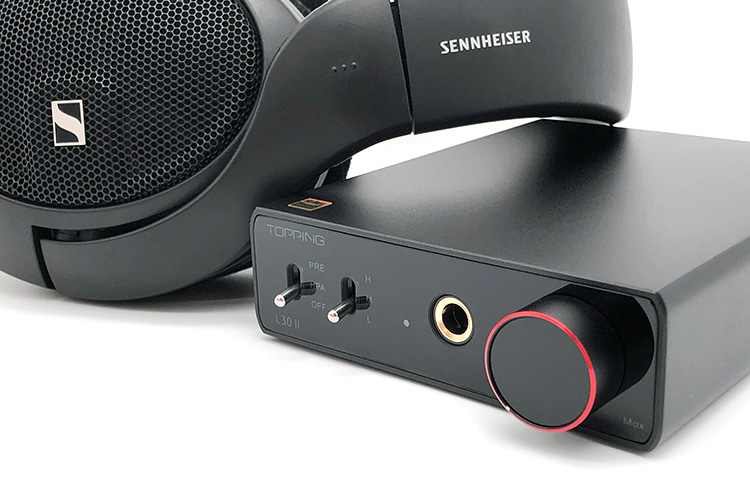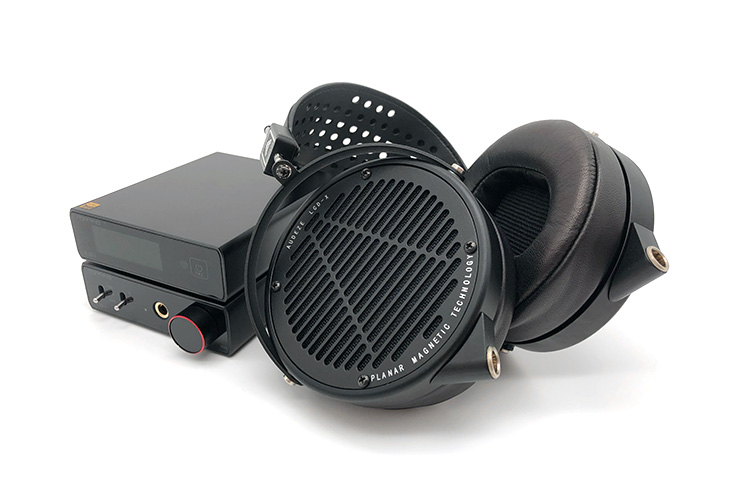Today, we review the Topping L30 II which is a compact 2nd generation NFCA headphone amplifier capable of up to 3.5W of output power. It is priced at $149.
Disclaimer: This is a sample unit sent to us in exchange for our honest opinion. We thank the team at Shenzhen Audio and Topping for giving us this opportunity.
To read more about Topping products that we have previously featured on Headfonics click here.
Note, that this article follows our latest scoring guidelines which you can read up on here.
Tidying up the L30 and taking off from where it was left, the Topping L30 II is a due update to match and complete the set it creates with the new E30 II DAC.
And having benched the L30 for quite some time, Topping went out bringing much-needed improvements with the L30 II, taking it up to speed with the current market without losing touch with its original purpose.
Carrying the torch in the entry-level side of Topping’s offerings, surely a lot will find interest in the L30 II since it has all the tweaks and upgrades of a modern amp without needing to pay more.

Tech Highlights
The immediate headline as always with Topping’s amplifiers is the continuously evolving NFCA module, which, you guessed it, has also been fitted to the L30 II.
With a high dynamic range of 144dB and THD+N of 0.00006%, it comfortably joins the ranks of its close competitors.
Considering the mechanical side of things, I don’t think Topping is trying to transform the L30 II. With the same 3.5mW of maximum power and only a few other tweaks here and there, I’d say what Topping did is a spec bump refresh of its first version all the while figuring out how to enhance the sound department.
As easily glossed over the updates may be, users will quickly appreciate its effectiveness once the 37Vpp output level, 1.4A output peak current, and the wider range of gain settings make pairing with both easy and hard-to-drive gears stress-free.
Design
Topping kept the same variety of color choices for the L30 II. Except call me simple, but I much prefer the silver and black options over the other bolder ones.
And those who will choose the black one will be rewarded with a nice contrast of an all-stealth design with a hint of fiery red glimmer around the volume wheel. It’s nice that even though Topping didn’t touch the original L30 housing, it kept this subtle lift in personality.
In a brightly lit room, the texts are legible enough to be read from afar but turn on the dim lights and it will suddenly become a lot harder to read. This won’t pose any usability issues once muscle memory kicks in when toggling the switches and volume wheel.
The analog knob on the rightmost edge is of a pretty high-quality part considering its price point. Aside from the nice size and the already mentioned red ring, it also has very little amounts of play as it smoothly glides across in either direction.
I/O
Do be very careful with using an alternative power supply with the L30 II. As simple as the main device may look, it is coupled with a huge and weighty power brick that converts wall power down to 15VAC which is not that common.
And meant to be used with the E30 II in mind, there is a lone pair of RCA inputs in the rear which is the only way to pass the signal to the L30 II as a single-ended only device.
Topping at least wasn’t limiting its users by adding another set of RCA sockets. Only this time for pre-out duty extending the amp’s use.
Finally turning towards the front, we see the 6.35mm jack with an easy-to-use 0.1Ω output impedance. With 3.5mW of power for 16Ω loads, what’s exciting here is the respectable 560mW of brawn the L30 II is pushing to 300ΩW headphones.
Control
Even without the manual, the L30 II is easy to understand. With a lone headphone socket and a couple of old-school switches, operating the L30 II even for a beginner would be a breeze.
There is a white light installed to the left of the headphone jack that will illuminate when the leftmost toggle switch is ticked from off to the headphone output position. To swap outputs and use the L30 II as a preamplifier, lift it to its last position and all the analog juice will now be directed to the RCA sockets.
Adding a preamplifier functionality to the L30 II is a welcome feature. However, since it uses analog volume, the only way to add a remote if needed is by pairing a DAC like the E30 II.
The final thing to discover is the quite wide range Topping did to the gain. With three positions as well, it can be set to low, mid, and high with the middle one as the 0dB or default gain.
Packaging & Accessories
The first obvious update the L30 II received is the black packaging color coming from the white of the L30.
There is no difference separating the two unboxing experiences going forward since the inside has the same layout and accessories as the original.
The warranty and user manual are concealing the brown box on the left marked with the region and voltage the power supply inside accepts. What Topping sent me though is the 110V version and since it outputs a not-so-common 15VAC I had to dig up my L30 to exchange power supply in the meantime.
Again, like the L30, the L30 II is wrapped in a thin piece of plastic towards the right of the box. It still has a peel-off plastic protecting the screen and black RCA covers which used to be white on the L30.
A final touch adding thoughtfulness to those who might use IEMs with 3.5mm cables, Topping is still providing their amps as usual with a 6.35mm adaptor.
Sound Impressions
Summary
Generally impressed with the performance of the L30 II, what I want to say to start is that it was uncharacteristically not as clinical and strict sounding as I imagined Topping to be in the past.
Still prioritizing transparency and honesty where possible, the biggest wonder of the L30 II is the agreeable level of top-end quantity and the slight kick in the bass it has over other amps of Topping I’ve tried like the A90.
Topping went ahead and made the L30 II a little less serious letting it pave its path without worry from its peers. So, with a decent set of technicalities to add, the merit here is in getting a beginner amp that doesn’t force the treble and has a well-balanced tonality.
Timbre
It wasn’t noticeable at first with kick drums showing the usually relaxed spread in energy but once it got to a cleaner stringed reverb, it becomes more obvious there is a subtle lift. The crunch in the edges bites hard and does not blur and yet the last bit of definition is still being held back causing a loss of depth.
Having just enough oomph to not be sterile, the bass is easy to pick out and isolate. It is fast and punchy giving size to beats to play well with its neighbors.
Guitars are easy on the ears with a springiness that ends in a steely twang. The L30 II also gives calmer piano pieces a nice timbre to play with taking only a slight underperformance in terms of showing the intricacy of quieter notes.
Sure, if you’ve heard better gears, you’ll miss some airiness or the inviting feeling of a crooner. But for the price, the level of detail the L30 II gives to vocals is well within expectations.
Instead of focusing on detail, what the L30 II has is character. Giving a solid foundation to a vocal-heavy song without overwhelming the instruments, the midrange is given a richer tone that is quite flexible in being intimate or distant.
With cymbals, some areas are being smoothed out with the crashing sound kept soft and splashy. Electric guitars are excitingly presented up to reasonable levels though there is a minor compression going on when I try to dissect a loud and busy track.
Staging & Dynamics
Right from the beginning, the stage width of the L30 II never fell short. Only when the song calls for it do the singers and instruments come closer but still not squashed inside the head.
What I’m noticing though is the vivid placement of images that seem deliberately rigid sounding rather than natural or free floating. It’s a minor observation that I wouldn’t even call a concern since I generally get good amounts of isolation with only some hints of smearing from time to time.
The way the L30 II places objects helps in letting fainter effects like chimes, pops, and more peak through when fixed in a distant plane.
Synergy
Power
For ease in pairing, Topping is quite proud of their wider gain settings introduced in the L30 II over what they originally had with the L30. Now, the lowest gain setting is -14dB, then 0dB, and finally 16.5 dB.
True enough, the efficient planar magnetic drivers of the Audeze LCD-X are already getting a nice amount of headroom in low gain with the volume knob set to 11 o’clock.
Lacking a bit of juice for more demanding sets, I flipped the switch to mid-gain and got good results. The 120Ω dynamic drivers of the Sennheiser HD560s sat comfortably in the quarter position, while the Audio-Technica ATH-ADX5000 only went a little higher.
Pairings
Initially using the SMSL SU-10 to listen to the L30 II, swapping briefly to the E30 II as a source immediately brought in a lot more pliability to the low end.
So, with the Topping stack not as unflavored as expected, I reverted to the SU-10 and the Burson Conductor 3 Reference for less colored sound impressions of the L30 II.
With the E30 II, strings are getting a softer bite partly due to the slower feeling sub-bass heft. The soundstage also became a little closer with objects projected with a bigger size than before.
The Audeze LCD-X bass extension softened its crunch while the main thump was present. This pairing is also for those who like their treble a little bit held back while still getting strong delineation of strings and a clean and calm midrange that stages bright singers far.
For a more value-friendly option to extend the stage of the L30 II, the HD560s with its airy and light presentation displayed the evenness in image distribution of the amp. Gaining a bit of low-end weight from the L30 II, the treble region of the HD560s on the other hand felt a little busy at times.
Bringing out the bass for a fully relaxing listen, the HarmonicDyne G200 adds boldness to strings further emphasizing the L30 II. The profile of drums though suffers a bit in refinement losing definition as it prioritizes scale.

